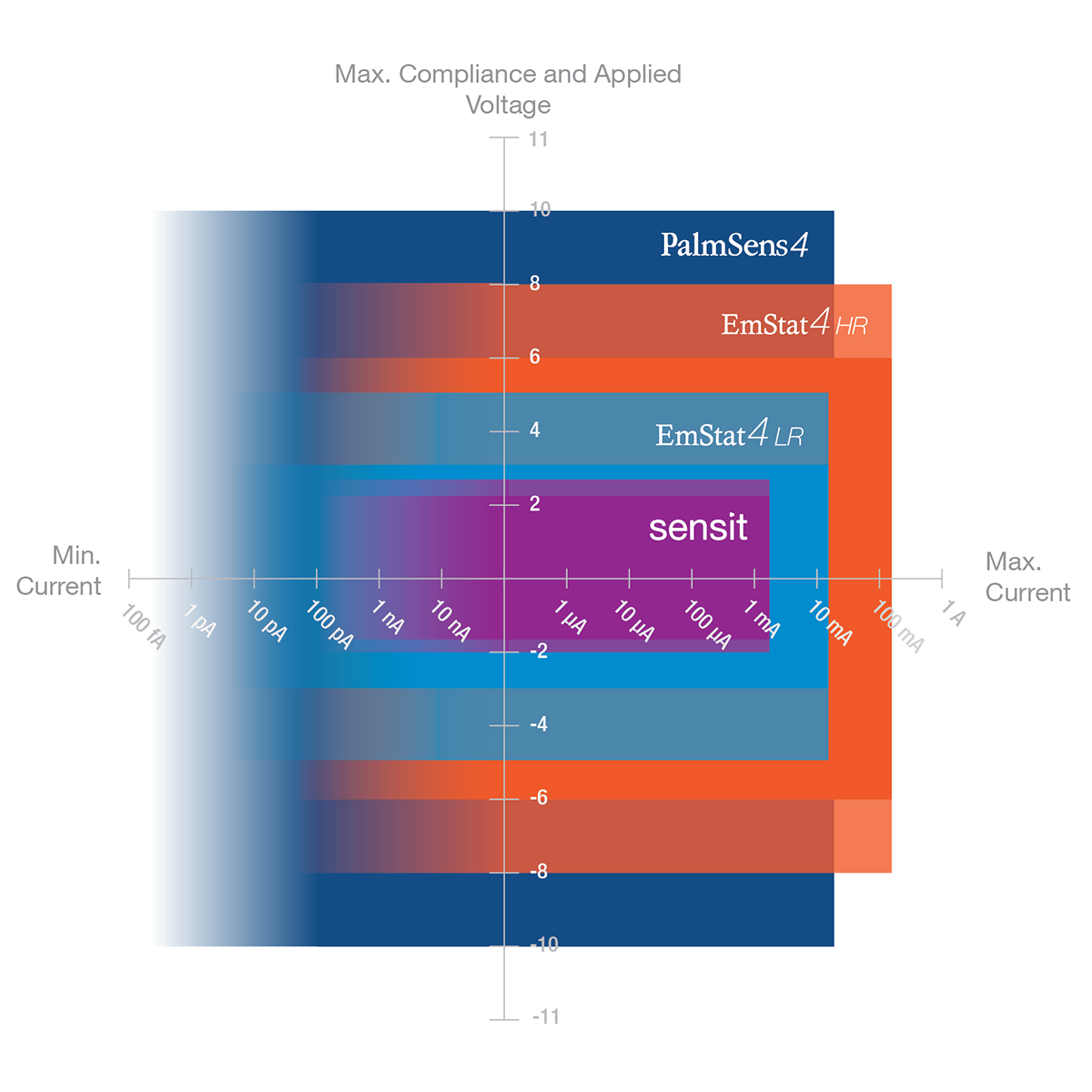Sensit Wearable
Potentiostat for wearable biosensors
- Accelerate the development of your wearable sensor
- Works wireless and autonomous, battery powered
- Measure up to two different analytes using two working electrodes
- Use with PSTrace software for Windows
- Smooth start with the development kit
Description
The Sensit Wearable reduces the time-to-market for new electrochemistry-based wearable sensors. Wearable, flexible electrochemical sensors, for instance integrated on the epidermis, can be used to measure non-invasively metabolites and electrolytes for various biomedical applications.
Imagine applications like:
- Continuous Glucose Monitoring
- Sweat analysis for athletes
- Molecular biomarkers
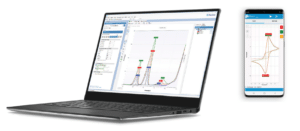 The Sensit Wearable supports most common electrochemical techniques, including Cyclic Voltammetry, Square Wave Voltammetry and Impedance Spectroscopy (FRA/EIS). The Sensit Wearable runs autonomously for hours up to weeks, executing a MethodSCRIPT while powered from a battery, and saving data to onboard storage. Control the Sensit Wearable wirelessly or with USB using the Android app PStouch (available on my.palmsens.com), or using our PC software PSTrace.
The Sensit Wearable supports most common electrochemical techniques, including Cyclic Voltammetry, Square Wave Voltammetry and Impedance Spectroscopy (FRA/EIS). The Sensit Wearable runs autonomously for hours up to weeks, executing a MethodSCRIPT while powered from a battery, and saving data to onboard storage. Control the Sensit Wearable wirelessly or with USB using the Android app PStouch (available on my.palmsens.com), or using our PC software PSTrace.
Key electrochemical specifications
- Built around the EmStat Pico Core potentiostat chip
- Capable of EIS up to 200 kHz
- Potential range -1.7 to +2 V
- Current ranges 100 nA – 5 mA (max ±3 mA)
Kit contents
The Sensit Wearable comes with:
- Sensit Wearable reader
- Example skin patches
- Evaluation board with mounting bracket, including
- cell cable
- crocodile clips
- Accessories for various wearing options
- Two example mounting brackets
- Velcro strap with mounting bracket and universal SPE connector
- Quick start document
- PSTrace for Windows and PStouch for Android
Techniques
Voltammetric techniques
- Linear Sweep Voltammetry (LSV)
- Cyclic Voltammetry (CV)
Pulsed techniques
- Differential Pulse Voltammetry (DPV)
- Square Wave Voltammetry (SWV)
- Normal Pulse Voltammetry (NPV)
Amperometric techniques
- Chronoamperometry (CA)
- Chronocoulometry (CC)
- MultiStep Amperometry (MA)
- Pulsed Amperometric Detection (PAD)
Galvanostatic techniques
- Open Circuit Potentiometry (OCP)
Electrochemical Impedance spectroscopy (EIS)
- Potential scan (IMPE)
- Fixed potential
- Time scan (IMPT)
Specifications
| General | |
|---|---|
| Full dc-potential range
The maximum potential difference, that can be applied between WE and RE.
|
-1.7 to +2 V |
| Dynamic dc-potential range [1]
The maximum potential difference, that can be applied between WE and RE.
|
2.2 V |
| Compliance voltage | -2.0 to +2.3 V [2] |
| Maximum current | ± 3 mA |
| Max. data acquisition rate (datapoints/s) | 1000 |
| Supports FRA/EIS | Yes |
| [1] The dynamic range is the range that can be covered during a single scan within the full potential range. For example; a linear scan can start at -1.5 V and end at 1.1 V or vice versa, covering 2.6 V dynamic range. [2] The compliance voltage is the maximum potential between Working and Counter electrode and depends on the selected mode.
The compliance voltage is the maximum voltage that can be applied between the working and counter electrode. Another name could be the maximum cell potential. Continue reading
|
|
| Potentiostat (controlled potential mode) | |
|---|---|
| Channels |
1 channel (2x WE, 1x RE, 1x CE) |
| Applied dc-potential resolution | 537 µV |
| Applied potential accuracy | < 0.2% |
| Current ranges | 100 nA to 5 mA (10 or 12 ranges, depending on the mode) |
| Current resolution | 0.006% of selected current range (5.5 pA on 100 nA range) |
| Current accuracy |
< 0.5 % of current ±0.1% of range |
| Measured potential resolution (for OCP) | 56 uV (for OCP) |
| FRA / EIS (impedance measurements) | |
|---|---|
| Frequency range | 0.016 Hz to 200 kHz |
| Ac-amplitude range | 1 mV to 0.25 V rms, or 0.708 V p-p |
| Electrometer | |
|---|---|
| Electrometer amplifier input | > 1 TΩ // 10 pF |
| Bandwidth | 250 kHz |
| Other | |
|---|---|
| Power | USB-C and Battery |
| Communication | USB-C and Wireless communication BLE 5.0 |
| Storage | 14 MB for storing >450k datapoints |
| Size | 35 x 35 x 12 mm (including the mounting bracket) |
| Weight | 10 g |
| Battery |
Rechargeable 50 mAh / 0.2 Wh. Battery life 2 hours up to weeks, depending on the MethodSCRIPT. See power consumption below. |
| Auxiliary port | 1 Auxiliary pin, used by default for internal NTC temperature measurement. |
| Sensor connector | Via 6 spring-pin mounting bracket, or connect a regular SPE using the sensor break-out board |
| Operation temperature range | 0 °C to +40 °C |
| Power consumption | ||
|---|---|---|
| off | 0.1 mW | 75 days |
| idle or measuring | 92 mW | 2 hours |
| sleep with Bluetooth connected | 1 mW | 7.5 days |
| sleep without Bluetooth connected | 0.3 mW | 25 days |
| sleep with 10 mW bias potential applied on WE1 | 4.44 mW | 40 hours |
| EIS Accuracy Contour Plot |
|---|
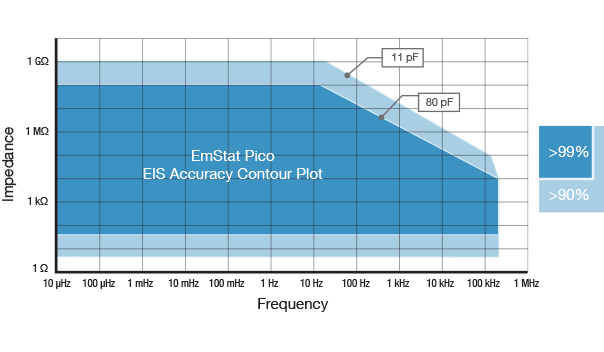 |
Software
PSTrace
PSTrace for Windows provides support for all techniques and device functionalities. With a smooth simple interface, showing only the applicable controls, PSTrace is suitable for all levels of user experience. Functions include:
- Direct validation of method parameters
- Equivalent Circuit Fitting
- Automated peak search
- Scripting for running an automated sequence of measurements
- Open data in Origin and Excel with one click of a button
- Browse measurements on instrument’s internal storage
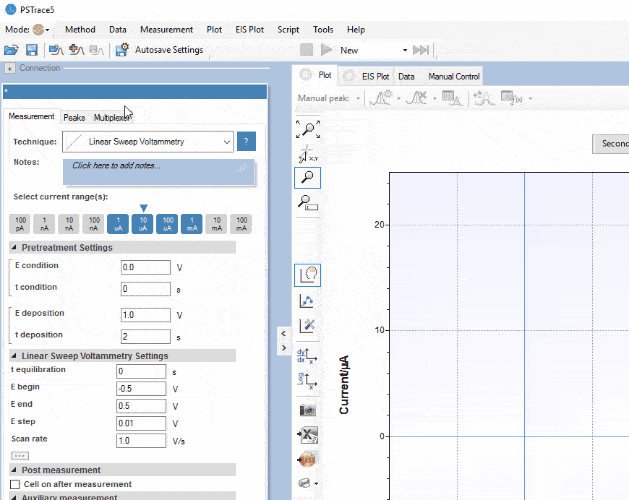
PStouch
PStouch works with all our single channel and multiplexed instruments. PStouch functions include:
- Setting up and running measurements
- Analysing and manipulating peaks
- Sharing data directly via e-mail, Dropbox, or any other file sharing service
- All files compatible with PSTrace
Get it on MyPalmSens

MethodSCRIPT™ communications protocol
The Sensit Wearable has an on-board parser for the MethodSCRIPT™ scripting language. This language allows developers to program a human-readable script for the Sensit Wearable on any platform or operating system. The simple script language allows for running electrochemical techniques supported by the Sensit Wearable and makes it easy to combine different measurements and other tasks.
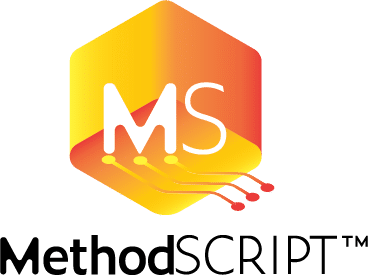
Software Development Kits
The PalmSens Software Development Kits (SDKs) for .NET can be used with any of our instruments or OEM potentiostat modules to develop your own software. The SDK’s come with a set of examples that shows how to use the libraries.
PalmSens SDKs with examples are available for the following .NET Frameworks:
- WinForms
- WPF
- Xamarin (for Android)
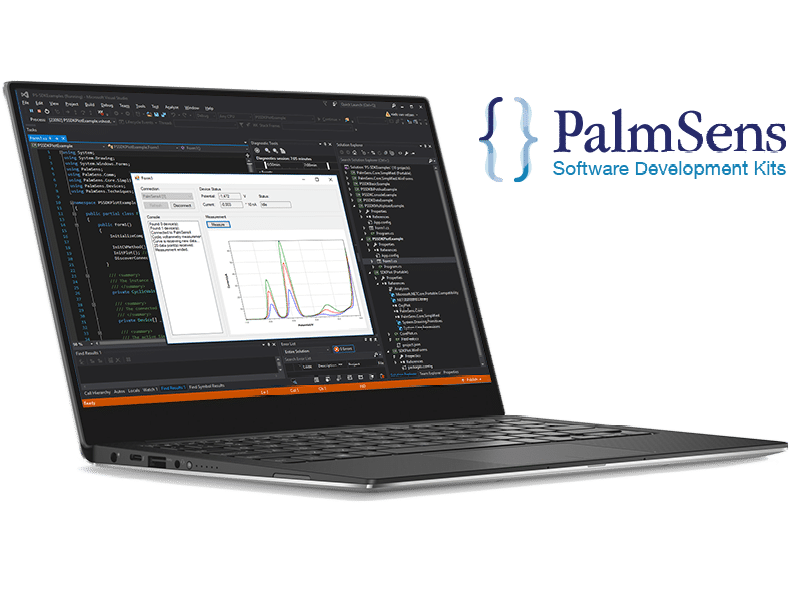
Patches
PalmSens has partnered with two companies that help with custom patch development:
The Sensit Wearable Development Kit includes a demonstration patch from each of these companies to measure the impedance of sweat on your skin. Many other applications for a custom patch are possible.
Compatibility
![]() My sensor fits the connector.
My sensor fits the connector.
![]() The required electrochemical technique for my application is supported.
The required electrochemical technique for my application is supported.
![]() The analyte conductivity does not require a compliance voltage of 2/2.3 V.
The analyte conductivity does not require a compliance voltage of 2/2.3 V.
Downloads
Documentation (4)
| Name | Last updated | |
|---|---|---|
| Sensit Wearable Brochure Brochure of the Sensit Wearable with supported techniques, specifications and more details. | 19-09-24 | |
| MethodSCRIPT v1.6 The MethodSCRIPT scripting language is designed to improve the flexibility of the PalmSens potentiostat and galvanostat devices for users. It allows users to start measurements with arguments that are similar to the arguments in PSTrace. | 28-08-24 | |
| Sensit Wearable Communication Protocol Initial communication with the Sensit Wearable is always done using this online communication. | 28-08-24 | |
| Sensit Wearable Manual Manual on how to use the Sensit Wearable and the Sensit Wearable Development Kit. | 08-07-24 |
Software (3)
| Name | Last updated | |
|---|---|---|
| PStouch for Sensit Wearable PStouch is a free app for Android devices that can be used with PalmSens, Sensit and EmStat potentiostats. PStouch works with your potentiostat via USB or via Bluetooth. | 11-09-24 | |
| PSTrace PC software for all single channel instruments PSTrace software is shipped as standard with all single channel and multiplexed instruments. The software provides support for all techniques and device functionalities. | 08-07-24 | |
|
MethodSCRIPT code examples
MethodSCRIPT code examples include:
- MethodSCRIPTExample_C - MethodSCRIPTExample_C_Linux - MethodSCRIPTExample_C# - MethodSCRIPTExample_Arduino - MethodSCRIPTExample_Python - MethodSCRIPTExample_iOS - MethodSCRIPTExample_Android Every code example comes with a "Getting Started" document. |
07-07-24 |
Other (2)
| Name | Last updated | |
|---|---|---|
| Mounting Bracket STEP files Drawing of mounting brackets, to be put on a custom electrochemical biosensor. | 27-08-24 | |
| Mounting Bracket Technical Drawing STEP files of the Sensit Wearable mounting bracket. Can be used for reference or for 3D printing. | 03-07-24 |













































